Women who conceived babies using in vitro fertilization (IVF) or other assisted reproductive technology (ART) were two to three times as likely to suffer serious health complications during delivery as women who did not use ART, according to a new study led by School of Public Health researchers.
The study, published in the journal Obstetrics & Gynecology, used Massachusetts birth and hospitalization data from 2004 to 2010 to compare health outcomes during delivery for women who had conceived using ART with those of women who were fertile or subfertile (defined as women who had less than normal fertility, but were still capable of conceiving) and did not use ART.
Researchers found that the overall prevalence of severe maternal morbidity—defined as potentially life-threatening conditions, largely indicated by the need for blood transfusions during delivery—was 3.14 percent among mothers who used ART, compared to 1.09 percent among fertile women and 1.44 percent among subfertile women.
The analysis, led by Candice Belanoff, an SPH clinical assistant professor of community health sciences, said further study is needed to understand why women who had ART might have elevated risks of morbidity. The study controlled for age, education, race, ethnicity, and other factors that might affect mothers’ health outcomes.
Belanoff says that while the profile of the ART patient population tends to reflect greater social advantage and factors protective against severe maternal morbidity, ART previously has been associated with some known risk factors at delivery, including complications involving the placenta, multiple births, and cesarean delivery.
“I don’t want to overstate the risk associated with ART, but it was significantly different from both women who had subfertility and women who had no indication of subfertility whatsoever,” Belanoff says. “We know women who use ART to conceive are more likely to have underlying health and fertility problems that necessitated the use of ART, but we need more research to understand what factors are putting them more at risk during delivery.”
She emphasizes that severe maternal morbidities are rare across the board, and that “even with this elevation in risk, the overall known maternal risk associated with ART is still quite low.”
In adjusted analyses, the study found that women using ART who delivered by C-section had 1.75 times higher odds of health complications during delivery compared with subfertile women who had C-sections. Women using ART who delivered vaginally had 1.97 times higher odds of serious complications than subfertile women and 2.27 times higher odds than fertile women.
Among twin births, the only significant difference for ART mothers was in cesarean births. Cesarean ART deliveries had significantly greater severe maternal morbidity, the study says, compared to cesarean deliveries by fertile mothers.
The study notes that the rate of pregnancy-related deaths in the United States rose from 7.2 per 100,000 in 1987 to 17.8 per 100,000 in 2011. The rate of severe maternal morbidity more than doubled between 2001 and 2011, from 78.6 per 10,000 delivery hospitalizations to 162.8 per 10,000 delivery hospitalizations. During the same period—2001 to 2011—the percentage of babies born as a result of ART increased from 0.9 percent to 1.5 percent.
The new study is the latest component of the larger Massachusetts Outcomes Study of Assisted Reproductive Technology (MOSART), which links ART treatment records to birth certificates and maternal and infant hospitalization records in Massachusetts from 2004 through 2010.
By linking the two data sets, researchers can identify “exactly which babies in Massachusetts were the product of an IVF cycle” and also can look at the medical history of mothers, Belanoff says.
The MOSART research team has done a number of studies trying to determine whether ART procedures put mothers or their children at increased risk of adverse health outcomes. Eugene Declercq, an SPH professor of community health sciences and assistant dean of doctoral education, is the principal investigator of the ongoing MOSART study.
Belanoff says the strength of the latest study was the ability to include a group of subfertile women who did not use ART for a particular pregnancy. “Being able to separate that group out and compare them to both IVF pregnancies and fully fertile pregnancies, we were really able to tease out the confounding effects of underlying health issues and subfertility,” she says.
Researchers from the Massachusetts Department of Public Health, Massachusetts General Hospital, Harvard Medical School, Michigan State University, and Dartmouth’s Geisel School of Medicine collaborated on the study.
Lisa Chedekel can be reached at chedekel@bu.edu.










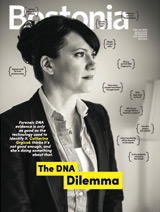

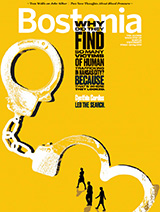



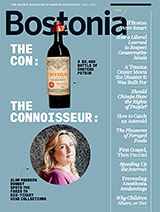



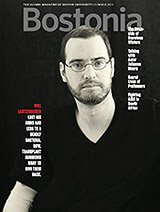
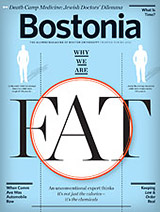













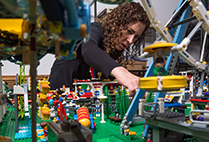









Related Stories
New Concerns about Children Born to HIV-Infected Mothers
SPH study: high percentage at increased risk of illness and death
Patient Navigators Improve Delivery of Care for Breast Cancer Patients
BMC program reduces cancer disparities by addressing barriers to timely care
Federal Court Supports NIH Review of Biolab Safety Risks
BU’s NEIDL moves closer to full operation
Post Your Comment